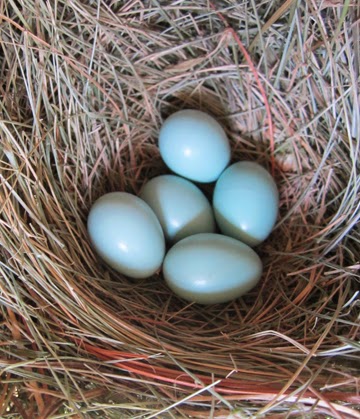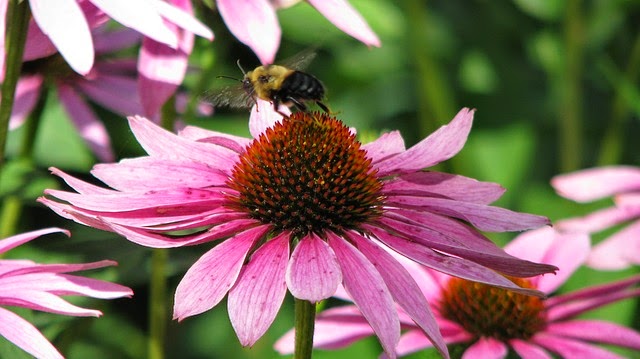As Minnesota transitions from fall to winter (that’s right,
it’s happening) we here at Conservation Corps have been lucky to witness many
seasonal changes as we go about our work in the city parks. Piles of red and
orange leaves, squirrels stashing walnuts and over-wintering birds busy in the
trees around us. As fall colors start to
fade and winter’s grays, whites and browns set in its important for us Northern
dwelling humans to look for the beauty in these upcoming winter months. For many, the splendor of winter is glaringly
apparent when watching a resident chickadee or cardinal flit around a backyard
feeder. Many bird species endure
Minnesota winters along with us and just as they bring cheer to our winter
months we can be of service to them as well.
 |
|
Black Capped Chickadee,
a Minnesota winter resident
|
Birds have a few ways of staying toasty in colder
temperatures. Many birds fluff up the layer of feathers closest to their skin,
also called down feathers, to trap warm air close to their body. Species that
are social, like Black-Capped Chickadees, will roost in colonies to take
advantage of each other's body heat. We can provide comfy roosting spots by
cleaning out old nests and bedding from bird houses and replacing it with dry
leaves or wood shavings. Sawdust retains
water so it is not a good choice for birdhouse bedding. It is also good to seal
ventilation holes in bird houses, which are important on a hot summer day, but
can be detrimental to birds trying to stay warm in the winter.
 |
|
Downy
Woodpecker, another winter resident
|
A bird bath heater is an option to keep liquid water available for birds throughout the winter. This is particularly important if it is below freezing and there is no snow on the ground that birds can use as a water source. Bird Watcher’s Digest suggests placing several rocks in your bird bath if you are heating it in the winter to keep birds from actually bathing in the bath. When birds get wet at below freezing temperatures their feathers can freeze solid which can be deadly for them. Allowing enough room in your bath for birds to drink but not bathe is important.
We hope that as you prepare yourself for winter you also
think about doing something Minnesota’s (winter) feathered friends! Please
visit these sites for additional info about winter bird necessities!
http://www.birdwatchersdigest.com/bwdsite/learn/top10/help-birds-bad-weather.phphttp://www.drsfostersmith.com/pic/article.cfm?articleid=2060
http://beautyofbirds.com/feedingwildbirdsinthewinter.html








































